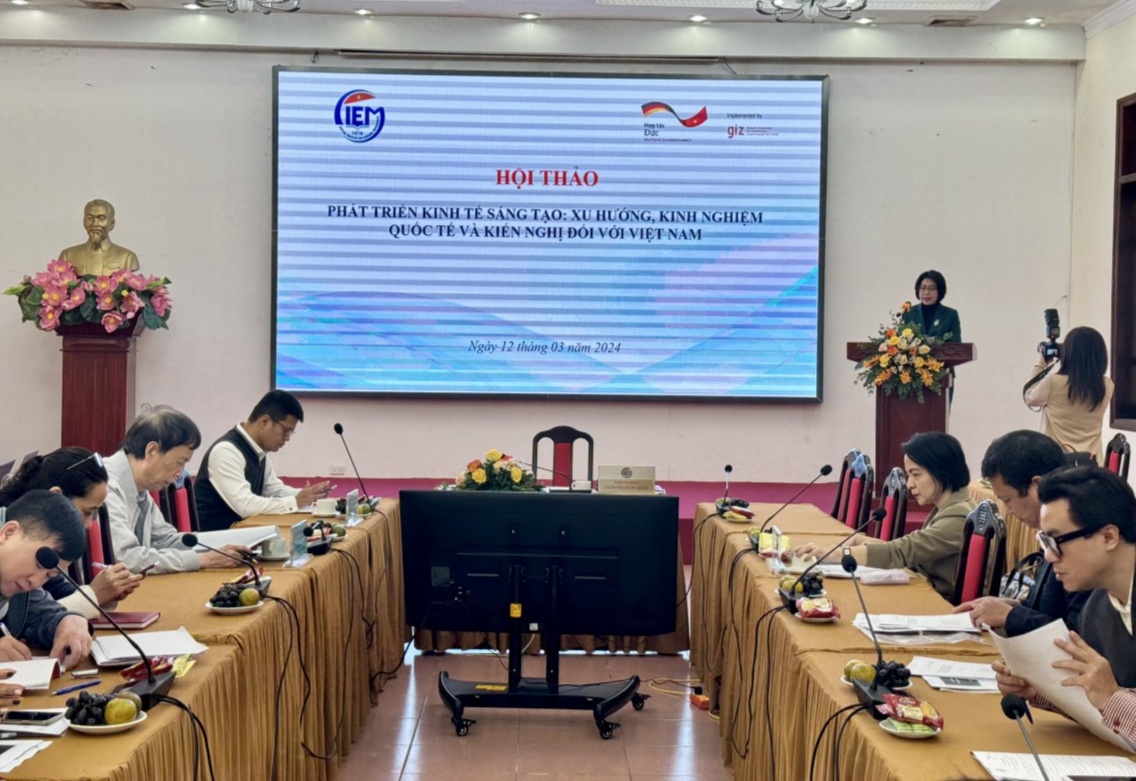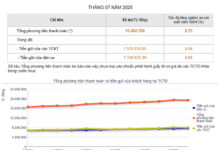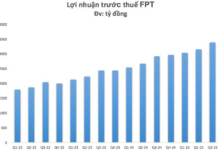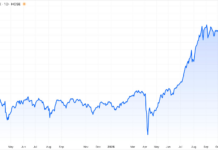Vietnam’s Creative Goods Exports Reach $14.153 Billion
On the morning of March 12th in Hanoi, the Central Institute for Economic Management (CIEM) collaborated with the German International Cooperation Organization – sponsored by the Federal Ministry for Economic Cooperation and Development of Germany (GIZ) to organize a consultative workshop on “Developing Creative Economy: Trends, International Experiences, and Recommendations for Vietnam.”

The Central Institute for Economic Management (CIEM) held a consultative workshop on “Developing Creative Economy: Trends, International Experiences, and Recommendations for Vietnam.
Speaking at the workshop, Mr. Nguyen Anh Duong – Head of the Comprehensive Research Group, Central Institute for Economic Management said that the world’s creative goods exports increased from $208 billion in 2002 to $524 billion in 2020, with Asia being the largest export region since 2007.
Particularly, according to Mr. Nguyen Anh Duong, the proportion of creative goods has undergone significant changes from 2006 to the present. The export of CDs, DVDs, tapes, newspapers, and other printed materials has decreased significantly, while the export of media and electronic game recording devices has increased sharply. The proportion of creative goods in the total export of goods in the Asian region is increasing, while in other regions such as Europe, North America, and Latin America, it is tending to decrease.
According to CIEM’s statistics, the top 10 economies with the highest exports of creative goods include the United States, Italy, Germany, France, the United Kingdom, South Korea, Poland, Switzerland, the Netherlands, and Japan, with a total of $176.704 billion, accounting for 33.7% of the world’s total exports of creative goods.
Meanwhile, the top 10 developing economies with the highest exports of creative goods include China, Hong Kong (China), Vietnam, India, Taiwan (China), Malaysia, Singapore, Turkey, the United Arab Emirates, and Thailand, with a total export of creative goods reaching $276.997 billion, accounting for 33.7% of the world’s proportion of exports of creative goods.
Therefore, according to experts from the Central Institute for Economic Management, Vietnam is among the top 3 developing economies in the world with the highest exports of creative goods, reaching $14.153 billion.

The world’s creative goods exports increased from $208 billion in 2002 to $524 billion in 2020, with Asia being the largest export region since 2007.
Opportunities for Vietnam’s Creative Economy Development
According to CIEM, the creative economic sectors include: handicrafts; fashion and design; culinary arts; performing arts; sculpture art; film and media; information technology and software engineering; tourism and cultural heritage; music and entertainment; publishing and literature; digital content creation; marketing and digital advertising. Among these, the supporting factors for creative economy development in Vietnam are its young population, technological literacy, favorable government policies, rich cultural heritage, rapid digitalization, and increased integration with the global economy.
Economic experts believe that although there have been many policies and preferential mechanisms for funding creative and innovative projects in Vietnam, the implementation of these projects still faces many challenges. Specifically, surveys in some provinces such as Phu Tho, Son La, and Phu Yen show that the concept of creative economy is still very new and not well understood.
Based on this, to seize the opportunities and promote the development of creative economy in Vietnam, economic experts suggest referring to the experiences of developed countries. For example, in South Korea – one of the top 10 economies with the highest exports of creative goods worldwide, creative economy has been a national agenda and major policy since 2013. The South Korean government considers creative economy a new economic strategy that creates new industries and markets by incorporating and leveraging imagination, scientific creativity, information technology, and communications, creating sustainable employment by promoting the media industry. As a result, some creative industries in South Korea have high export values, such as the gaming industry with $2.9 billion in exports in 2014.
In the United States, there are currently 4.01% of total businesses and 2.01% of the workforce involved in various creative industries. Cultural and artistic economic activities account for 4.4% of GDP, equivalent to $1.02 trillion in 2021. To support workers and businesses in the creative industry, in 2022, the US Senate and House of Representatives passed the Promoting Local Arts and Creative Economy (PLACE) Act, which increases federal resources and expands federal benefits for creative and skilled workers, empowers creative workers, promotes growth in new and existing businesses, and boosts the exportation of American culture abroad, and establishes an interagency council to promote the development of the creative economy.





































